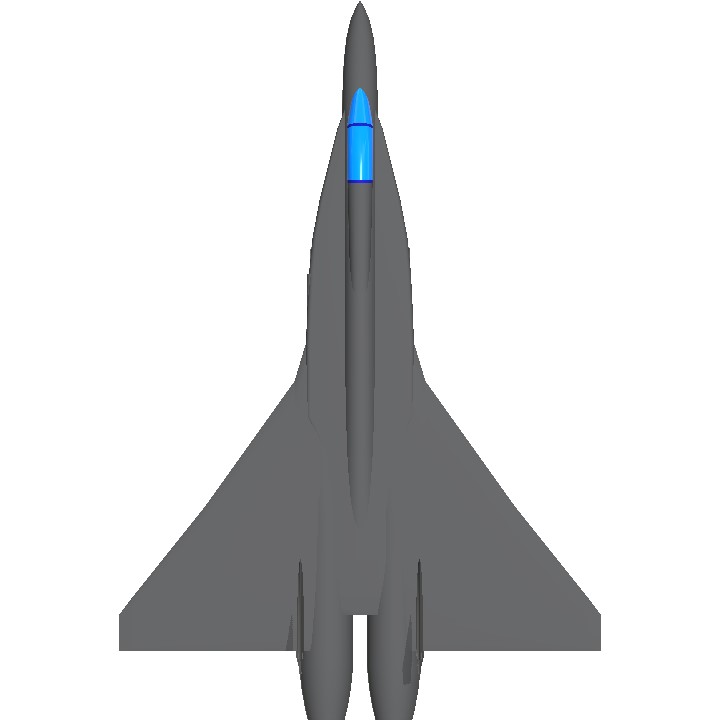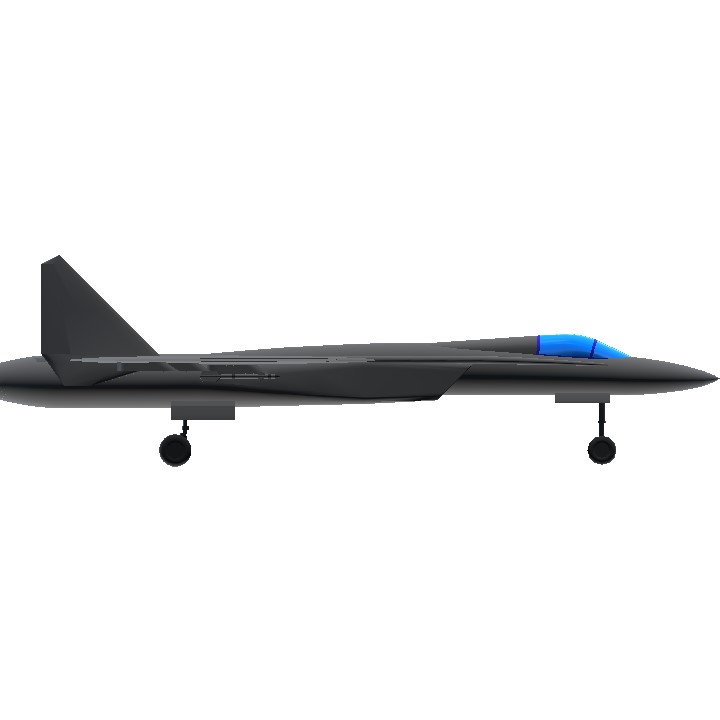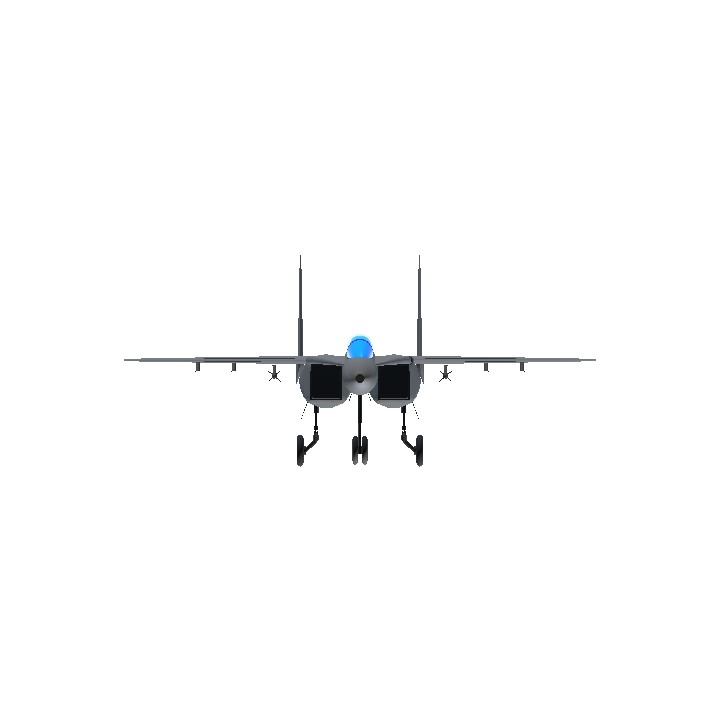The PNKA J-29 "Sung I" project was born at a time when North Korea was desperately trying to prove to the world—and, above all, to itself—that it could still produce a modern fighter jet capable of competing with the powers around it. The name, “Sung I,” in honor of Kim Il-sung, already indicated the ideological tone that surrounded the project from the outset: more a symbol of the regime’s resistance than a true technological leap forward.
Development began in the late 1990s, when the country's engineers, many of whom had graduated in previous decades with limited knowledge and restricted access to foreign technologies, were called upon for a "national aerial pride" project. Inspired by Soviet models such as the MiG-23 and MiG-29, the J-29 attempted to merge concepts seen in fighters from different generations: slightly swept delta wings, a twin-engine structure, and a robust fuselage, but with angular shapes that were described in state propaganda as a "stealth design."
In practice, the fighter was far from any 4.5th generation characteristics. The radar, a crude adaptation of an old Russian system, suffered from interference and low accuracy. The avionics were limited and used commercial components of Chinese and even Russian origin recycled from decommissioned aircraft. The cockpit, although presented as "digitized," mixed analog instruments with makeshift screens, and many pilots reported that the heat from the internal lamps could deform the display during long flights.
Despite its shortcomings, the government presented the J-29 as a monumental victory. In 2005, state television aired footage of the fighter taking off in formation, with triumphant narration and colorful graphics describing "the fifth-generation combat capability of Asia's most advanced aircraft." Foreign analysts, however, quickly noticed the repetition of the same footage from different angles, suggesting that there were only three or four operational units—far from the alleged "1,000 copies."
The few examples built were used mainly in internal exercises and demonstrations. Handpicked pilots were paraded as national heroes, and there was a mystique surrounding the Sung I's ability to take on American fighters on equal terms. But behind the scenes, engineers faced constant failures: cracks in the fuselage, overheating engines, and difficulty keeping the hydraulic system stable. In many cases, parts were replaced with components from military trucks or adapted from other decommissioned aircraft.
Still, the J-29 "Sung I" became a symbol of North Korea's stubborn pride—an attempt to prove that self-sufficiency could reach the skies. Even with its technical limitations and negligible production, the official narrative turned the fighter into a myth: an "invisible guardian of the Korean sky," which, according to propaganda, "keeps the enemy away with its mere presence."
In reality, the J-29 never flew beyond the country's borders, and its existence today is shrouded in silence. Some say that there are still one or two examples kept in Pyongyang Air Force hangars, used in ceremonies and rare exhibition flights. For the world, the "Sung I" is a symbol of the contrast between dream and limitation — an aircraft that, more than flying, was created to sustain a narrative.
Note: I don't support North Korea. I'm not a Socialist or Communist, I just wanted to build this as a Joke with them and their "creations" and claims. This is merely a joke, nothing above is Real. It's pure fiction. 😃👍
Specifications
Spotlights
- ChihiroFujisaki 2 months ago
General Characteristics
- Created On Android
- Wingspan 43.9ft (13.4m)
- Length 65.5ft (20.0m)
- Height 19.1ft (5.8m)
- Empty Weight 37,938lbs (17,208kg)
- Loaded Weight 45,581lbs (20,675kg)
Performance
- Power/Weight Ratio 7.395
- Wing Loading 87.7lbs/ft2 (428.0kg/m2)
- Wing Area 520.0ft2 (48.3m2)
- Drag Points 9555
Parts
- Number of Parts 126
- Control Surfaces 11
- Performance Cost 810





@VDBVitto191 You're welcome po
@Haribunawa Thanks :D
Nicely made yet flies like a brick (which is its own kind of charm, I suppose) and the autoroll bug made it a hassle to control.
Really love the lore behind this one, and it actually looks like something Best Korea™ would try and make in real life.
10/10
@upperflat On the upside, you can handwave it as one of this "superfighter's" many many flaws
I'll make it super maneuverable ig
Let's give it a try..
@upperflat It's bugged sorry, I tried to fix but I wasn't able, the problem is the 'autoroll' when for no reason the plane just rotates idle to one side. The plane has all the Parts needed to fly, but it happens a lot, It's a rare bug but I notice happens more often with Delta Wings like this one.
the jet when pitch up it roll to the right.
Where are bro vertical stabilizer 🥀